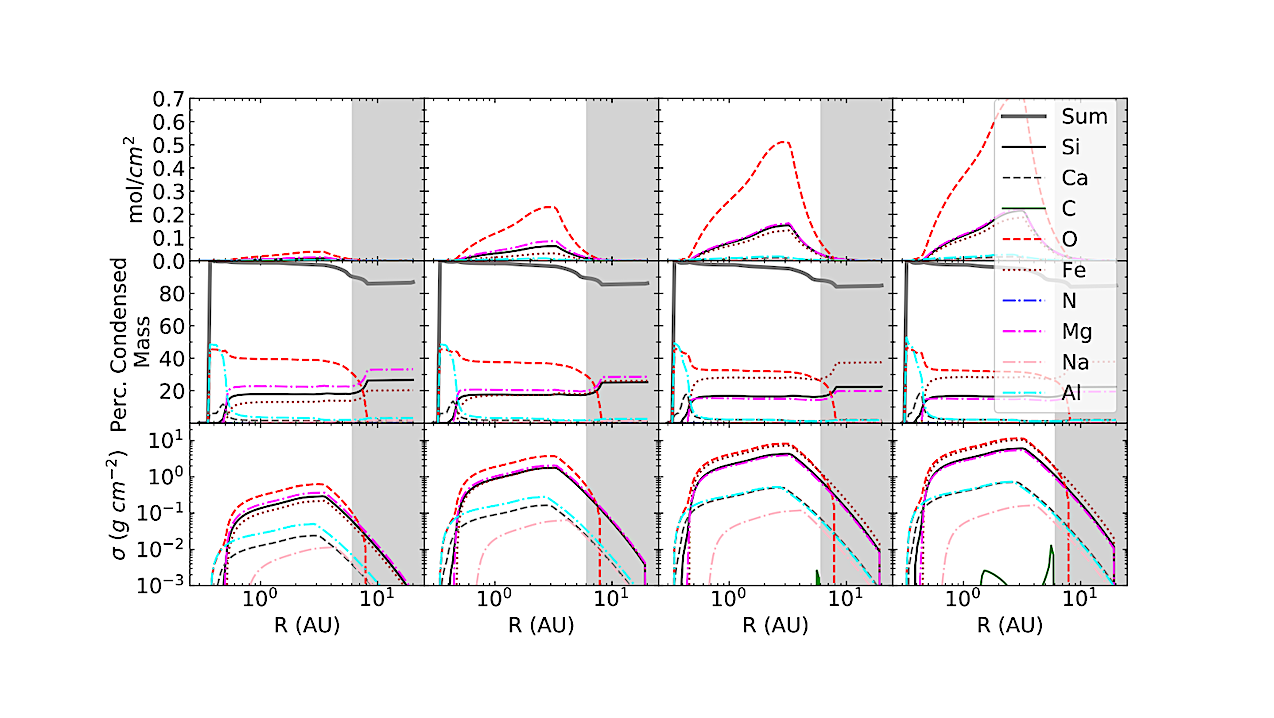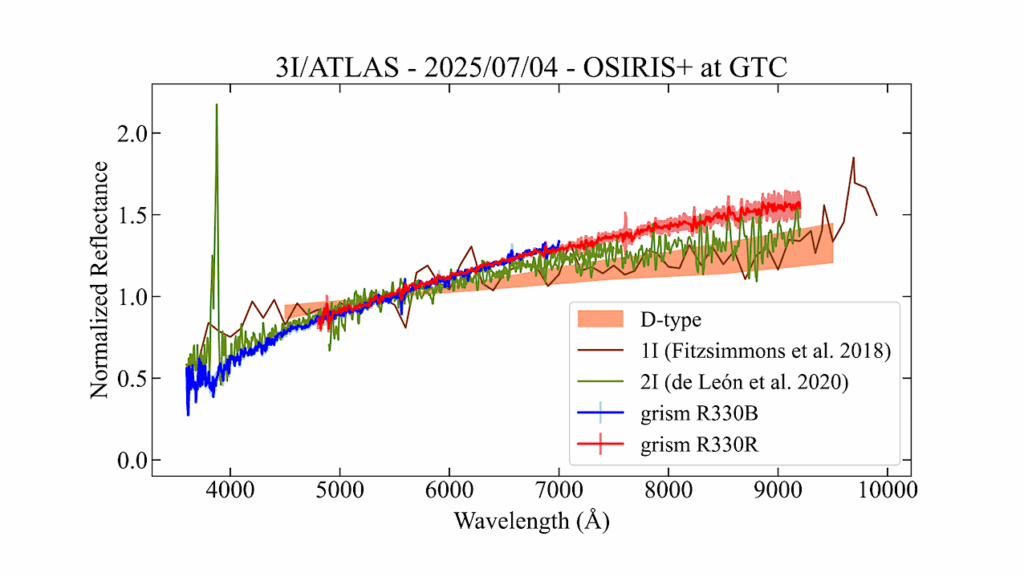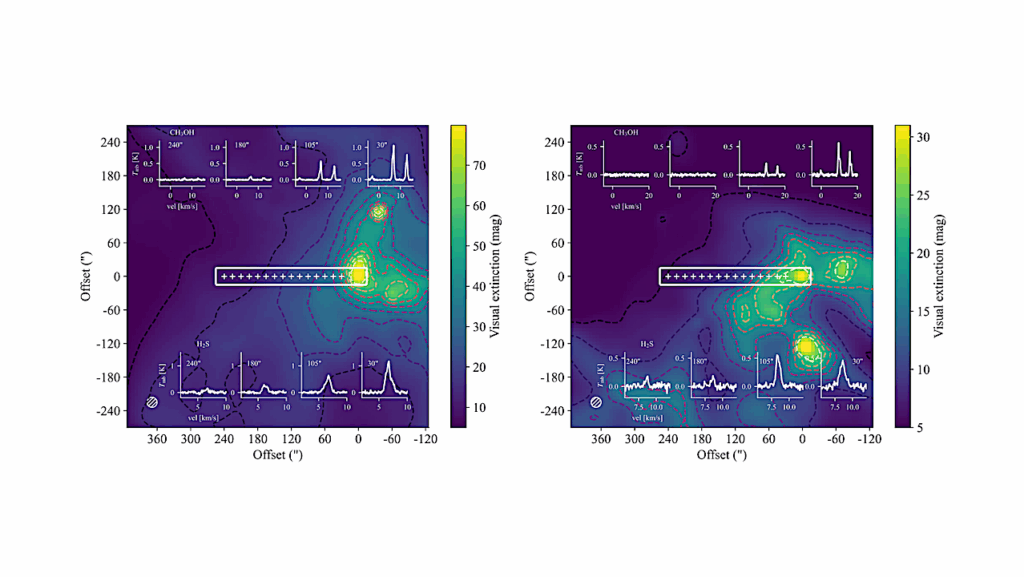Effect Of Galactic Chemical Evolution On Exoplanet Properties

We couple a simplified model for the galactic chemical evolution, with software that models the condensation of dust in protoplanetary disks and software that models the interior structure of planets in order to estimate the effects that the galactic chemical evolution has on the properties of planets as they form over time.
We find that the early abundance of elements formed from the evolution and death of high-mass stars (such as Oxygen, Silicon, and Magnesium) yields planets with larger mantles and smaller cores. The later addition of elements produced in low-mass stars (such as Iron and Nickel) causes the planet cores to become relatively larger.
The result is planets that orbit older stars are less dense than planets orbiting younger stars. These results are broadly consistent with recent observations of planet properties from stars of varying ages.
Jason H. Steffen (UNLV), Cody Shakespeare (UNLV), Robert Royer (UNLV), David Rice (Open University of Israel), Allona Vazan (Open University of Israel)
Comments: 14 pages (including appendix), submitted to AAS Journals
Subjects: Earth and Planetary Astrophysics (astro-ph.EP); Astrophysics of Galaxies (astro-ph.GA); Solar and Stellar Astrophysics (astro-ph.SR)
Cite as: arXiv:2507.10942 [astro-ph.EP] (or arXiv:2507.10942v1 [astro-ph.EP] for this version)
https://doi.org/10.48550/arXiv.2507.10942
Focus to learn more
Submission history
From: Jason Steffen
[v1] Tue, 15 Jul 2025 03:10:49 UTC (764 KB)
https://arxiv.org/abs/2507.10942
Astrobiology, Astrochemistry,








